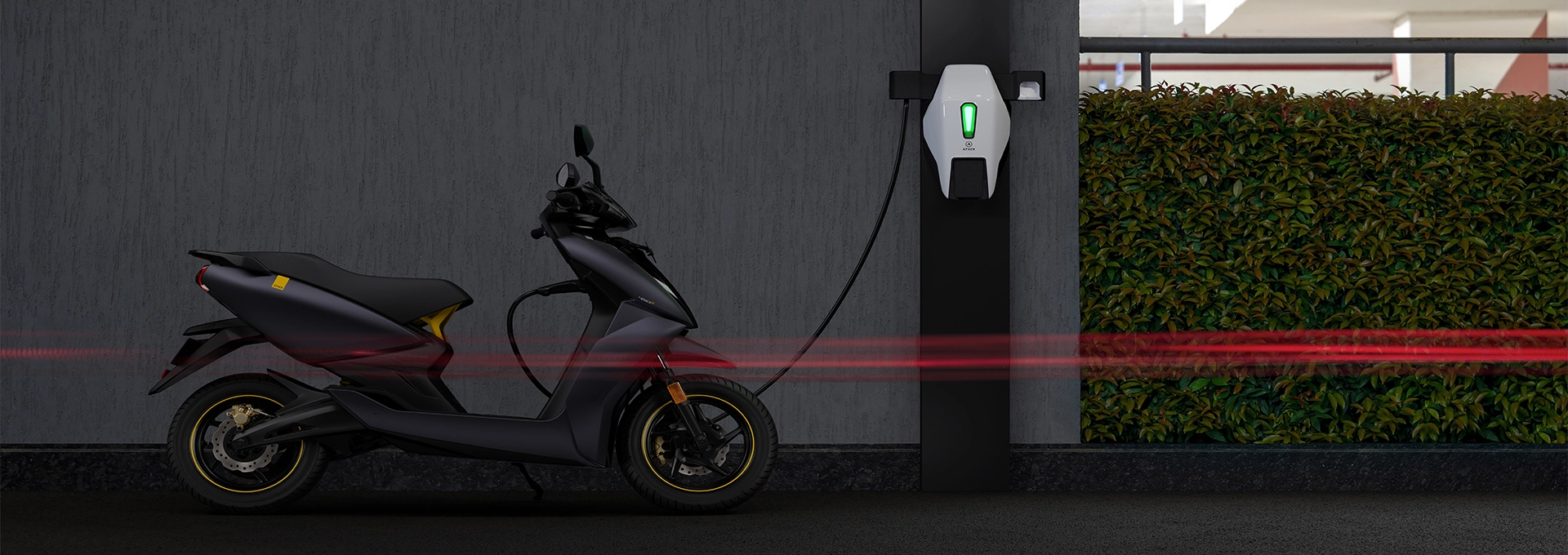Electric wheelchairs have revolutionized mobility for millions of people worldwide. They offer an invaluable solution for those who find it challenging to operate a manual wheelchair, providing easy access to steep inclines and other difficult terrains. The heart of these motorized wheelchairs lies in their battery power. In this article, we will delve into the world of wheelchair batteries, exploring the different types available, their pros and cons, and tips on charging and maintaining them for optimal performance.
At the core of every electric wheelchair is a motorized wheelchair battery. This battery is the powerhouse that fuels the wheelchair, enabling it to move and navigate different terrains. The type of battery used in an electric wheelchair significantly impacts its performance, range, and overall user experience.
There are primarily three types of electric wheelchair battery types: sealed lead-acid (SLA) batteries, nickel-cadmium (NiCd) batteries, and lithium-ion (Li-ion) batteries.
Sealed Lead-Acid (SLA) Batteries: These are the most commonly used batteries in electric wheelchairs. Sealed lead-acid (SLA) batteries are cost-effective, reliable, and have a decent lifespan. However, they are quite heavy and require regular maintenance to ensure optimal performance.
Nickel-Cadmium (NiCd) Batteries: NiCd batteries are known for their durability and long lifespan. They can withstand a high number of charge-discharge cycles without losing their capacity. However, they are more expensive than SLA batteries and contain cadmium, a toxic metal that can be harmful to the environment.
Lithium-Ion (Li-ion) Batteries: Li-ion batteries are the newest addition to the electric wheelchair battery family. They are lightweight, have a high energy density, and can hold a charge for a long time. However, they are the most expensive option and require a special charger to prevent overcharging.
Each type of wheelchair battery has its advantages and disadvantages. SLA batteries are affordable and reliable but are heavy and require maintenance. NiCd batteries are durable and have a long lifespan but are expensive and not environmentally friendly. Li-ion batteries are lightweight and have a high energy density but are costly and require a special charger.
Proper charging and maintenance are crucial to ensure the longevity and performance of your wheelchair power pack. Here are some tips:
Regular Charging: Regularly charge your battery, preferably after every use. This helps to maintain the battery’s capacity and prolong its lifespan.
Proper Storage: If you’re not using your electric wheelchair for an extended period, store the battery in a cool, dry place and charge it at least once a month.
Regular Maintenance: Regularly check your battery for any signs of damage or wear and tear. Replace the battery if necessary.
The type of battery used in an electric wheelchair significantly impacts its performance and user experience. Whether it’s an SLA, NiCd, or Li-ion battery, each has its pros and cons. At Worldpower Battery, we offer a wide range of high-quality, durable, and reliable motorized wheelchair batteries to meet your specific needs. With proper charging and maintenance, you can ensure the best performance possible out of your electric wheelchair.

Save money - with manufacturer direct pricing
Save time - with experienced team to get project done
Lead the industry - with the most cutting-edge products